blog
We don’t believe in waste of any kind, not just resources, but also time, energy, ideas or money. Life is short; we don’t want to waste it. Here you can delve deeper into the work with do with our customers by reading our binit blogs.
We don’t believe in waste of any kind, not just resources, but also time, energy, ideas or money. Life is short; we don’t want to waste it. Here you can delve deeper into the work with do with our customers by reading our binit blogs.
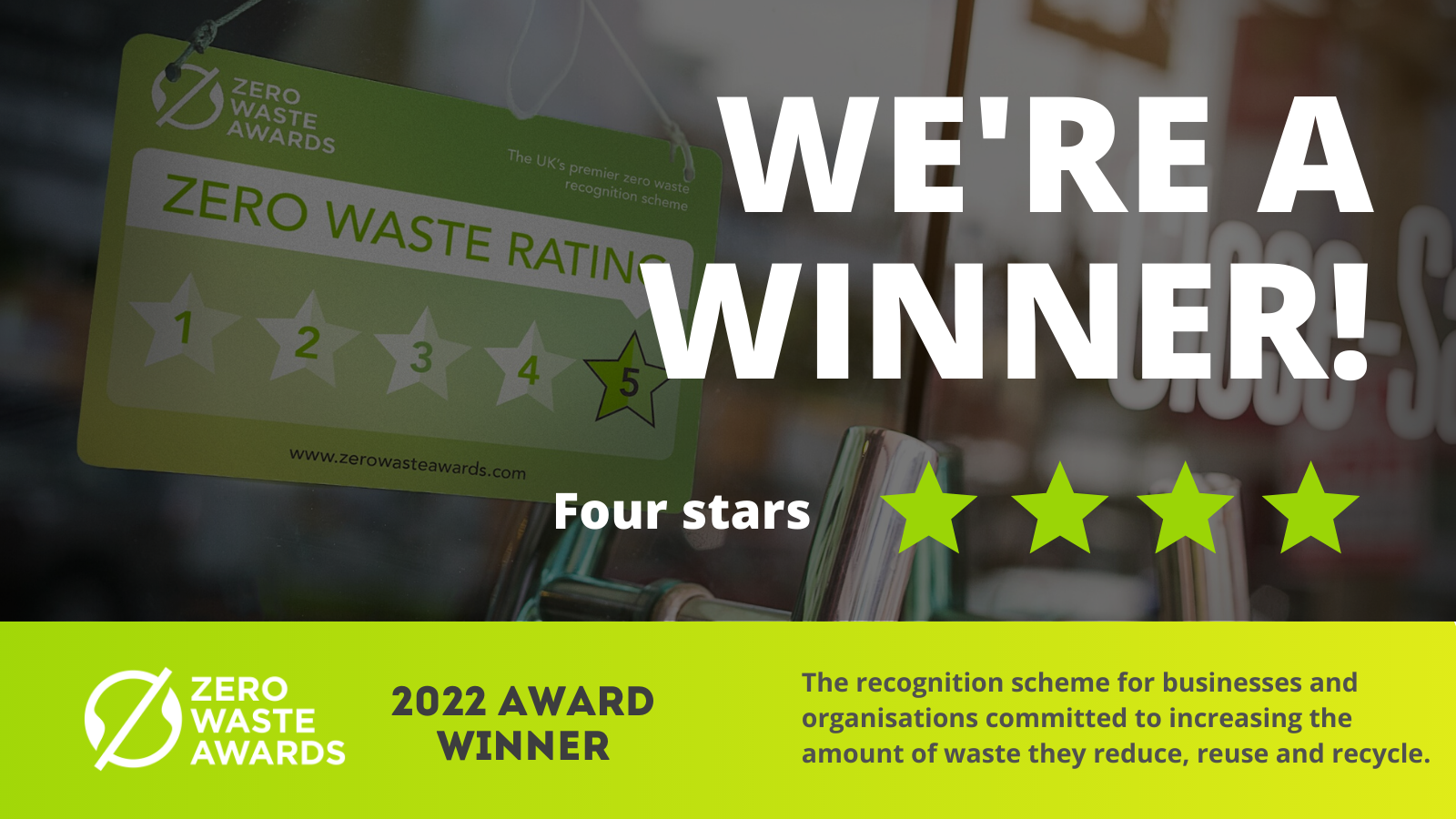
Binit scored a fantastic 4* in the Zero Waste Awards run by letsrecycle.com under the category for Waste and Recycling. The awards were assessed by how we carry out the following: Waste Prevention, Reuse, Recycling & Composting and Energy Recovery.
Binit are a next generation tech-led waste and recycling company. We operate on an Uber-model where we own the bins and use the existing vehicle network to reduce vehicle movement in cities. We keep streets tidy from bags of waste with our communal bin stores and have a web-based app where customers can monitor the fullness of their bins.
In collaboration with InExeter, Binit deliver carbon-neutral collections for small WEEE items to businesses in their district. By providing this service we have increased accessibility and awareness for businesses to recycle their used electrical goods and request pick-ups on demand, with as little as 24 hours’ notice for over four years. 600+ businesses are entitled to four free WEEE bag collections per year. Items are collected from businesses and delivered to a WEEE bulking collection point in the city centre, reducing vehicle movement. The collection and deliveries are fulfilled by Binit partner, Co-Delivery, an electric cargo bike delivery service which emits zero emissions.
With one-off clearances, if there are usable furniture, fabric, or other materials, we offer them to our not-for profit customers or organisations first before choosing to recycle. All of the furniture in the Binit office comes from office clearances which we have done in the past.
Binit actively encourage customers to have segregated recycling in order to retain the value of materials to be recycled. In July, Binit’s recycling rate was 49%. We currently offer recycling for food waste, WEEE, card, paper, mixed recycling, glass, plastic and tins and TetraPak. We are also the exclusive South West partners for KeyKeg for KeyKeg recycling.
All of our food waste are sent to anaerobic digesters and any non-recyclable waste goes to energy from waste plants that feed energy back to the grid. We do not send anything to landfill. If you would like to know more, do email us at home@binituk.com or give us a ring at 01392 247035.

At Binit, we love data. We like to collect as much as possible on our rubbish and recycling collections and use it to reduce the impact of our customers’ waste on the environment. We’re also developing tech for our bins so that we can measure fullness as well as weight, which will help us understand our customers’ waste generation even better and help us to reduce vehicle movements.
So, as Binit’s Data Analyst apprentice I really enjoyed attending this year’s Big Data LDN, a 2-day event held at London’s Kensington Olympia showcasing the cutting edge of the data world with exhibitions and seminars from some of the leading people and businesses in the UK.
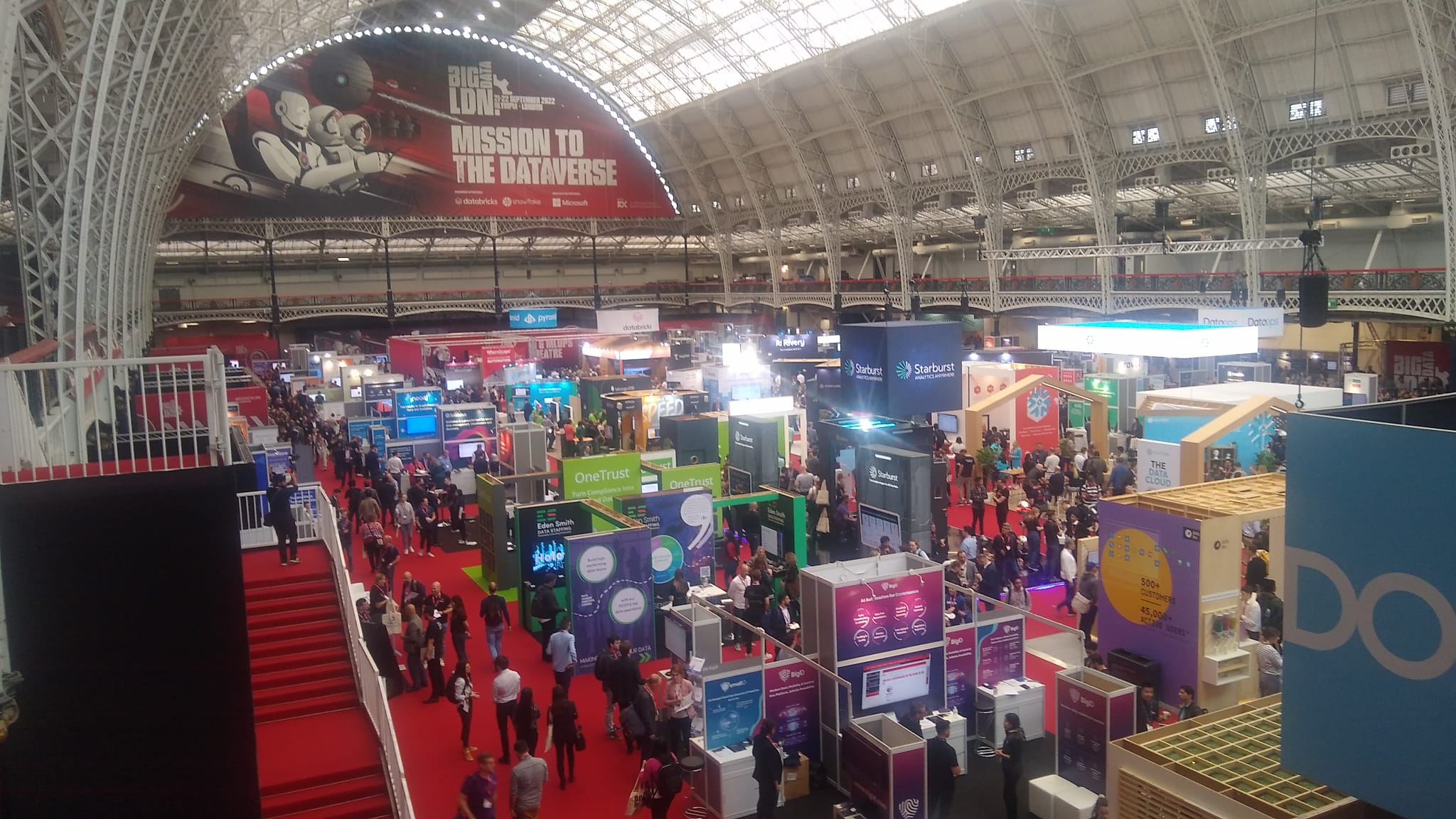
Being a bit nerdy about recycling too, on day 1 my eyes were immediately drawn to the bins! I’m pleased to report that the event source-segregated rubbish, coffee cups and lids, recycling and food. So, a good start!

Next, I was particularly interested to hear about How Data Discovery and Stewardship met GDPR Compliance. As a business, we understand how important it is to protect our customers’ information, but as we collect more, we must make sure our systems and processes keep pace with our growth and often-changing regulations. Did you know the maximum fine for a GDPR breach is £18 million?
Also of interest was Turbo Charging your Data Transformation. Each month, I receive lots of data in all kinds of formats. Cleaning that data to make it useable and useful for our customers is a time-consuming process. It was fascinating to hear how large businesses are using tech to speed up this process, albeit with a lot more data than me. As we grow, automating our data transformation will become increasingly important.
The event was recommended by my tutors at Exeter College. It was really good to spend some time with my fellow apprentices, as well as lots of discussion with event exhibitors and lots of seminars. I must admit that a lot of what I was hearing I knew very little about and found it somewhat hard to follow, but I was certainly inspired by the excitement and ambition surrounding the world of data. It also brought it home to me how important data is to businesses no matter their size, from Binit with our six employees in Exeter to Microsoft with its thousands worldwide.
Day 2 was a little less hectic, and I was really interested to hear a panel debate on The Rise of the Data Engineer and fascinating seminars about predictive analytics, otherwise known as Machine Learning, before settling in for the headline act.
You may have heard of Matt Parker, otherwise known as the stand-up mathematician. He likes to tell funny (and very interesting!) stories about mathematical mistakes that cause all sorts of real-world problems. His talk, entitled When Spreadsheets Attack! included a story about some rather iffy advertising; 40,312 Possible Combinations. I’ll leave you to work out how many combos you can make from 8 McDonalds menu items!

I’m already looking forward to Big Data LDN 2023, and after a year of learning about data analysis I’m sure it will be even more valuable. In the meantime, I’ll be going over some of the seminars on the event’s YouTube channel.
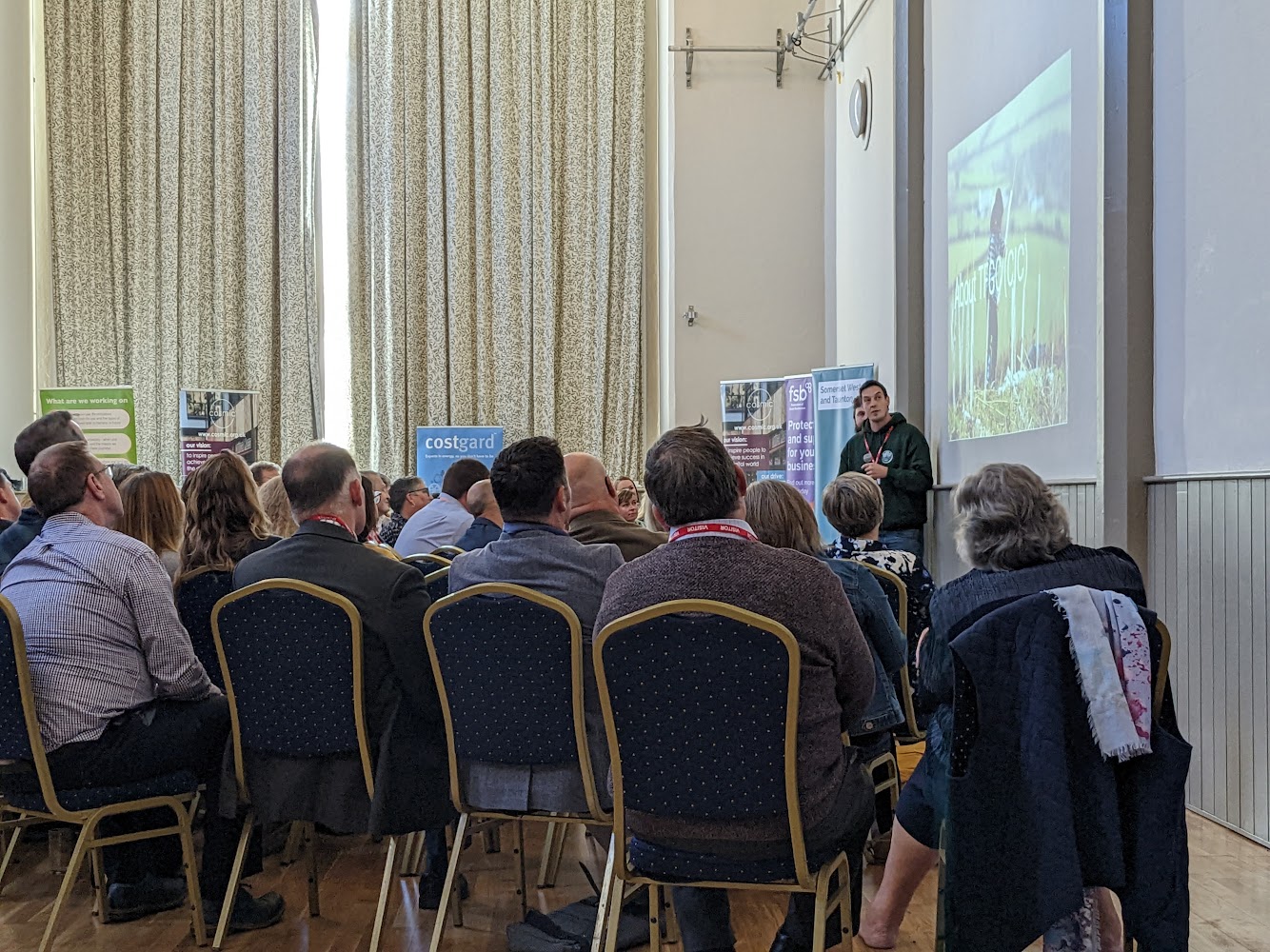
Binit were pleased to be invited to exhibit and attend the second Somerset Business Climate Summit on 21st September 2022. We heard from brilliant businesses; The Field Works, South West Manufacturing Advisory Service (SWMAS) ,Thatcher’s Cider, New Leaf Design, My Carbon Coach and Trees for Good Causes. The event was positive and uplifting as businesses shared with each other methods of best practice and encouragement of how we can help each other towards achieving our Net Zero journey.

Here our takeaways:
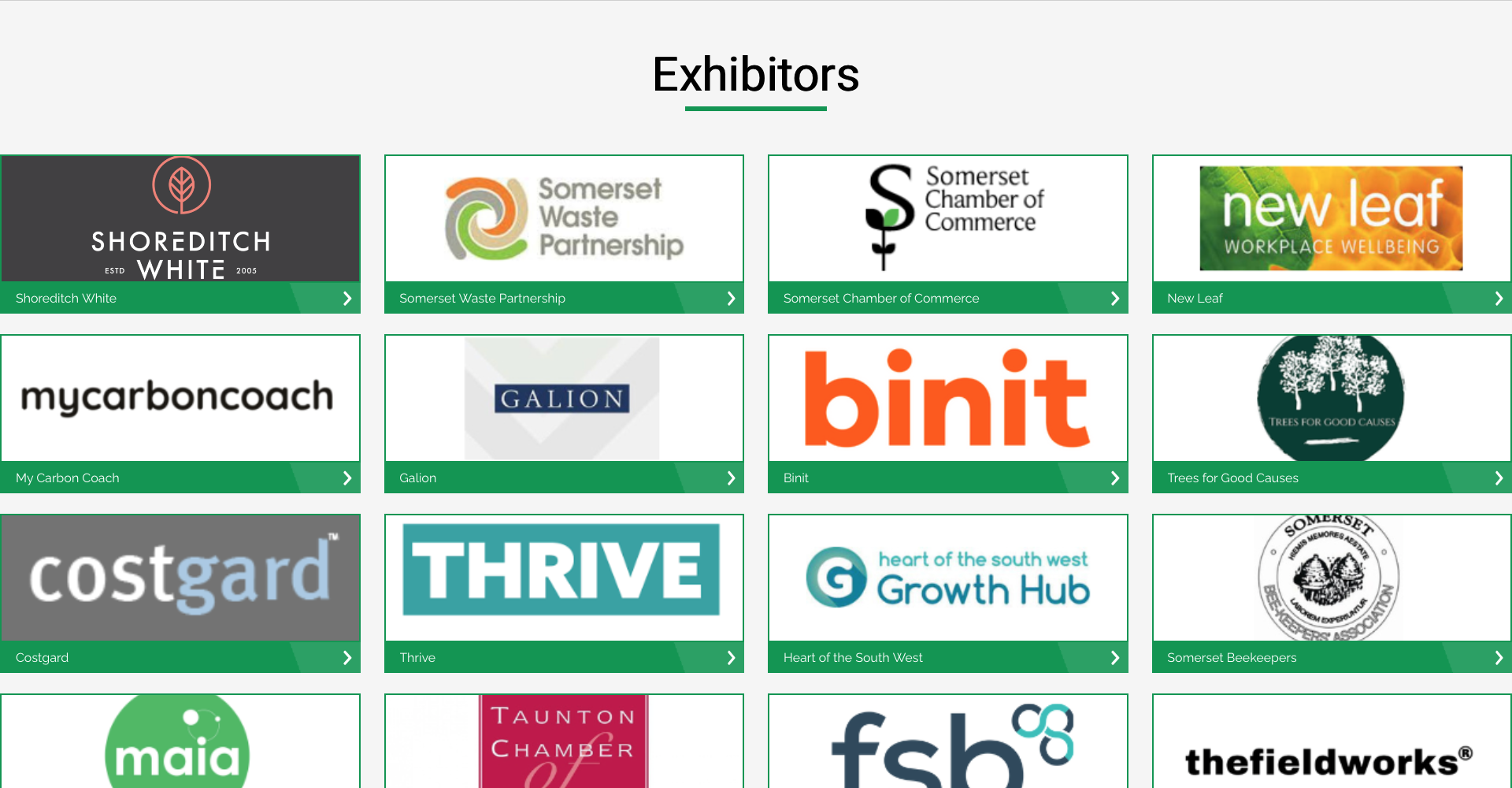
We will next be exhibiting and speaking at Exeter Science Park’s First Net Zero Carbon Conference, Thursday 29th September 2022 from 8 a.m. – 4:30 p.m. We hope to see you there!

Today is the International Day for the Preservation of the Ozone Layer. The ozone layer is a layer of gas that protects the Earth from harmful radiation from the Sun by absorbing up to 98% of all harmful ultraviolet rays. The ozone also regulates the temperature of the Earth, keeping our planet from overheating or freezing. It wasn’t until the late 1970s when scientists discovered that human activity was contributing to the destruction of the ozone layer. A hole in the ozone layer was caused by ozone-depleting gases, found in air conditioners, refrigerators and freezers. This depletion has caused, for example, the destruction of ecosystems, and increased the risk of skin cancer in humans.
In 1994, the United Nations declared 16th September as the International Day for the Preservation of the Ozone Layer and since then, countries all over the world have been trying to eliminate 99% of all ozone-depleting substances. If all goes according to plan, the Earth could restore the ozone layer to its 1980s level by 2050. We can achieve this by getting our electronic appliances serviced routinely, discarding old appliances that could be emitting ozone-depleting gases, swapping unnecessary vehicle use with walks and bicycles and sharing lifts with co-workers and friends.
Information from <https://nationaltoday.com/international-day-for-the-preservation-of-the-ozone-layer/>
Turn those pesky plastic bottles into planters in five simple steps!
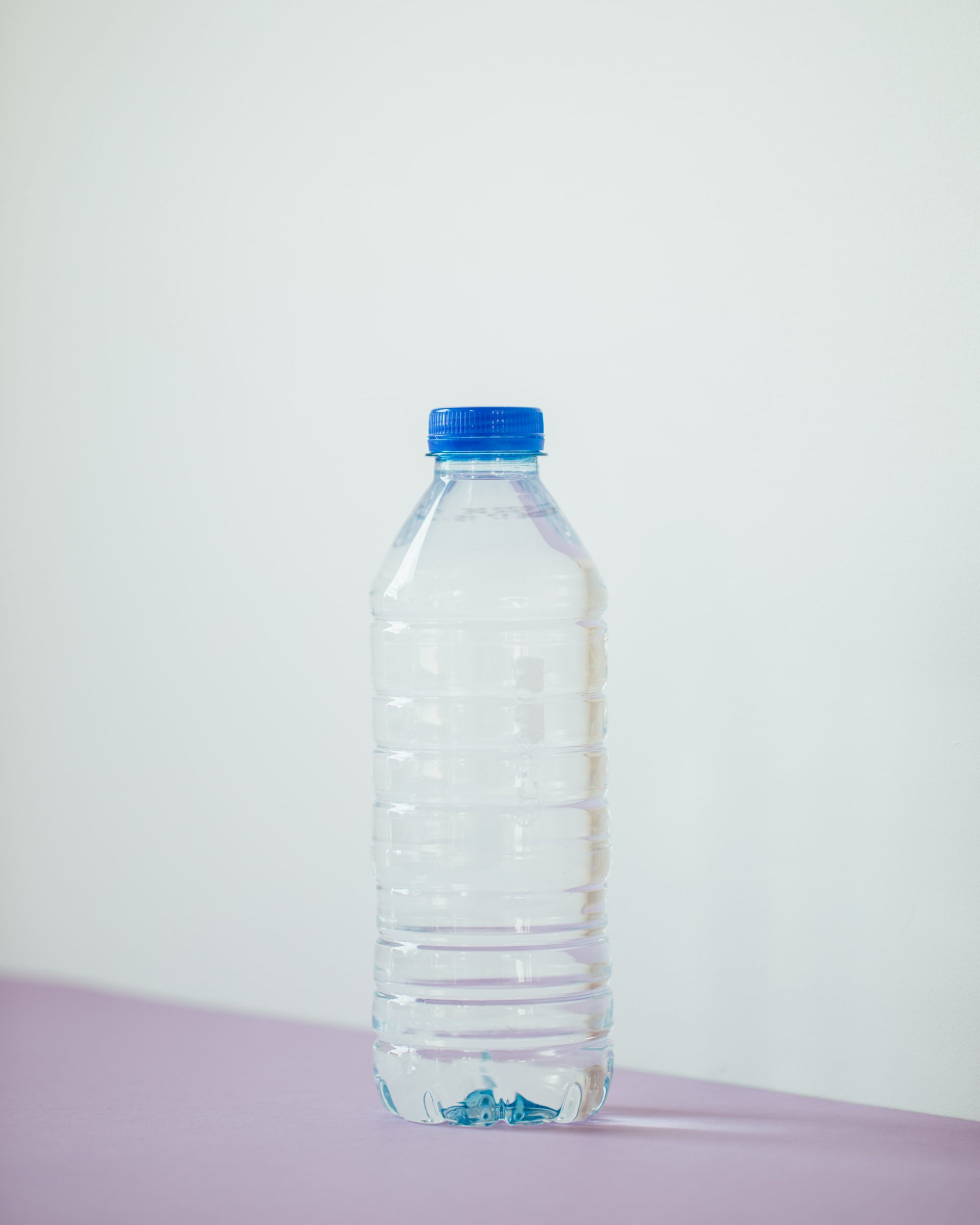
Around 80% of plastic bottles never get recycled so this is a great way to get innovative and reuse those plastic bottles for something new.
Have you ever wondered what happens to your food waste? In this post, we’ll be telling you about the process of anaerobic digestion and explain how your food waste can be used to power and heat your own home.
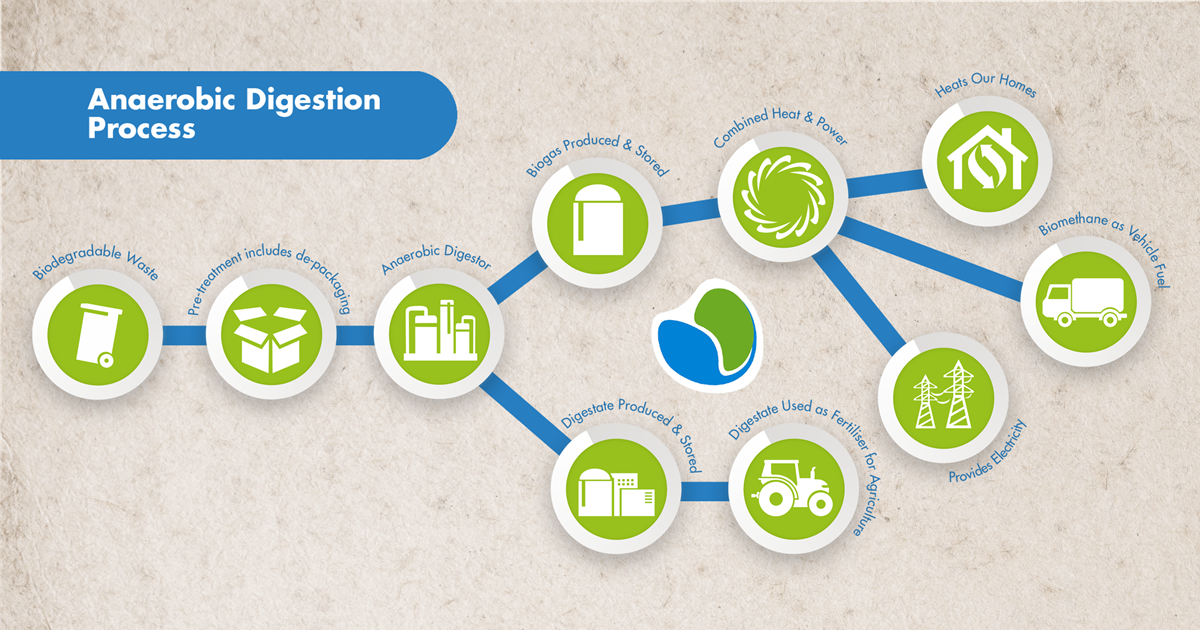
Stage 1: Food Processing
First, after collecting your food waste, it is transported and macerated into a pulp which is then heated to 70°C to kill all the pathogens.
Stage 2: Anaerobic Digestion
The pulp is pumped into large tanks (called digesters) which contain cultures of anaerobic bacteria. These bacteria digest the waste over approximately 55 days.
Stage 3: The Production of Biogas
The process of anaerobic digestion produces biogas which is 60% methane and 40% carbon dioxide. This is ready to be used as liquid bio-fertiliser.
Stage 4: Energy Production
The energy stored in the biogas is converted into electricity and heat, and biomethane which is used as vehicle fuel.
Stage 5: Circular Economy
Therefore, your food waste can be used as fertiliser, vehicle fuel and used to heat and power your own homes.
And there you have it! I hope this will encourage you to collect your food waste, and if you ever need a food waste bin and collection service, feel free to contact us at home@binituk.com or phone us on 01392 247035
[All information from Andigestion]
Have you got any garden waste or natural materials lying around? Well here is how you can create a perfect hideaway for ladybirds, woodlice, bees, frogs and even hedgehogs.

[All information is from RSPB (The Royal Society for the Protection of Birds)]
step 1: choose a suitable site
Make sure that you have a level and solid ground to build your bug hotel on. A good base for your hotel is something like a wooden pallet and placing old bricks on the corners can give extra stability. Make sure to leave gaps for the creatures to move through.
step 2: fill in the gaps
You can use all sorts of natural materials to make tunnels and beds for creatures, such as:
step 3: add a ‘roof’
It’s a good idea to put a roof of some kind on top of your hotel to make sure it’s kept dry and can shelter some of the creatures. This could be some old roof tiles. RSPB suggest that you can put some wildflower seeds around the hotel to feed the butterflies and bees.
If you try to build a bug hotel then make sure to tag us on social media @binituk!
With Net-Zero deadlines rapidly approaching, here are some quick tips to cut your emissions. You can either do these at home or at work.
Remember it’s the gradual changes that lead to long-term reward. You don’t have to change overnight but being mindful in your day to day can make the biggest difference. It may not feel like you’re helping much (a small fish in a big ocean) but even clearing your emails can save 0.3 grams of carbon dioxide per message. Now imagine how much you’d save by clearing your spam emails.
These are only quick tips and we advise you to research more when you can. This website is a great place to start. https://energysavingtrust.org.uk/top-tips-to-reduce-your-carbon-emissions/
If you’re from the South West area and want a local solution to your waste management. Why not give us a message https://binituk.com/contact/
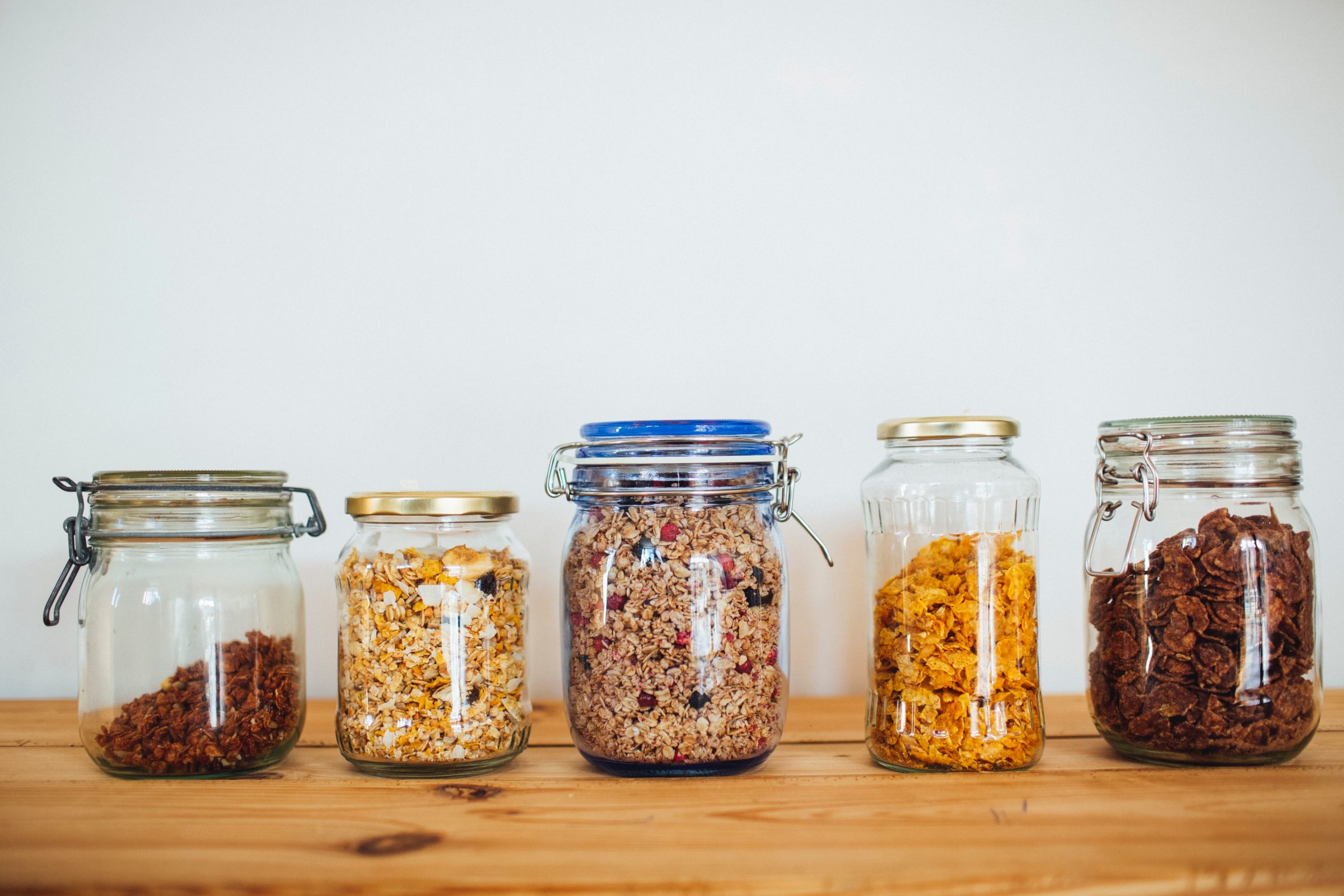
Here at Binit we are hands on with our bins. This means from the moment of collection we know exactly where your waste will end up – whether that’s recycled back into the market or even used as manure for our cow farmers at Langage farms. Whichever way the waste is taken, we try our best for it to be disposed of locally and as sustainably as possible. We even visit these sites to ensure our promise. However, with the ominously nearing NetZero deadlines and emissions targets approaching, the media has flourished with the “be green” approach. Why can this actually be backtracking on our climate progress? Because not all of these claims by brands turning green promote climate sustainability at all but are rather just a marketing strategy to drive sales.
Firstly, spotting a company who is “Greenwashing” is a great way to start. When evaluating whether you want to buy a product from a company, think about a few things first.
It is very easy for companies and brands to make extravagant claims on how and why they are sustainable but a lot of the time don’t have the evidence to back it up. Watching out for related certifications, awards or prizes is an easy way to spot if a company is making environmental choices.
If the words used to describe a product are vague, such as “eco-friendly” or “non-toxic”, be aware that the company may be using these generalised terms to reel you in and the terms may not imply the entirety of the product.
Lastly, the packaging can be an easy eye-spotter to whether a company is environmentally conscious. Has the packaging been designed so it can be recycled and if so is it clear? If not, the company may not be taking those extra steps to think about their waste impact post purchase.
The best way to help now is simply avoiding these companies once you have spotted them. Even more so, you can report them to the Advertising Standards Authority which can help lead to the false advertisement being taken down. And, as always, consume less.